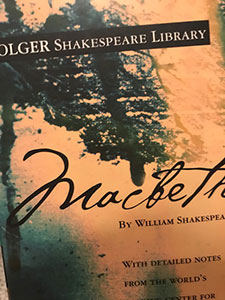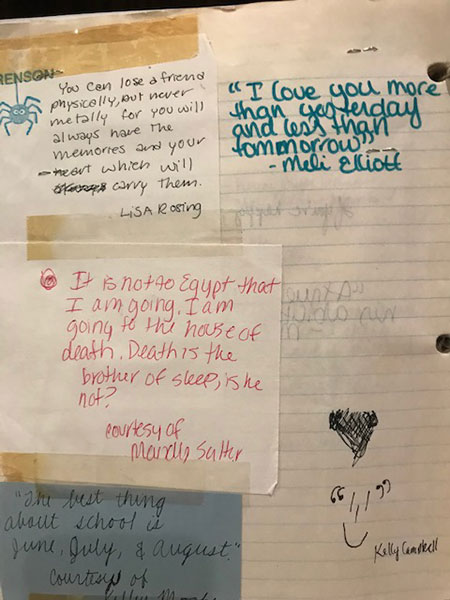
As teachers and writers, we all love words. Wouldn’t we love to be able to infuse that same love into each and every one of our students! Teaching English to middle schoolers and high schoolers for years gave me plenty of opportunities to try out different ways of attempting to kindle enthusiasm in my students for becoming avid lexophiles.
One method to do this was to encourage them, in their own discussions and interactions, to use words and expressions from the literature we were reading in the classroom. At the beginning of each unit, I’d put a sheet of butcher paper on a classroom wall and encourage students to write the words on the paper they thought would be fun to use. Thus it was that, all during our To Kill a Mockingbird unit, students would be greeting each other with a “Hey,” answering my questions with a “Yes’m” or “No’m,” and saying expressions such as, “That’s real nice,“ “Now hush your fussin’,” “What in the sam hill,” and during Shakespeare, their Early Modern English expressions would pop out using “Zounds!” or “Out, out, brief candle,” “Hoist on his own petard,” or even, “Parting is such sweet sorrow” (the latter being one of my eighth grade boys’ favorites, delivered in dramatic fashion when the bell rang to end class). It seemed that by students using some of the same language from the books and plays in their own real-life speech, they helped the literature to come alive for all of us, using the power of words.
 Another method that ended up taking on a life of its own, and which many of you may also use, was using a different quote each day as a journal response prompt. Sometimes, it would be a quote from the literature we were reading, such as Shakespeare, or The Odyssey, or Our Town, or Langston Hughes’s poetry. Other times, I’d pick inspirational (hoping!) and thought-provoking-quotes from disparate persons such as NCAA-winning legendary coach John Wooden, or history-changer Dr. Martin Luther King, Jr., or country music legend Dolly Parton. Often, we’d share our responses aloud, which could elicit “Aha!” moments and created a feeling of community.
Another method that ended up taking on a life of its own, and which many of you may also use, was using a different quote each day as a journal response prompt. Sometimes, it would be a quote from the literature we were reading, such as Shakespeare, or The Odyssey, or Our Town, or Langston Hughes’s poetry. Other times, I’d pick inspirational (hoping!) and thought-provoking-quotes from disparate persons such as NCAA-winning legendary coach John Wooden, or history-changer Dr. Martin Luther King, Jr., or country music legend Dolly Parton. Often, we’d share our responses aloud, which could elicit “Aha!” moments and created a feeling of community.
As an aside, you might think this works only for older students, but, this past summer, it was lots of fun to use that same quote method with our eight- and twelve-year-old grandchildren, when I was tutoring them (so that, as their mother said, “Their brains don’t turn to mush”). They enjoyed applying the quotes to their own lives and sharing their ideas, even at those younger ages.

In my own classroom, the surprising bonus occurred after I began to invite all my students to bring in their own quotes. It seemed they began to really pay more attention to what other people had said and written, and to appreciate the value of the words used. I still have my notebook of quotes, including all their contributions, written in their own handwriting, taped to the pages. The look of joyful surprise on a student’s face when he or she saw a contributed quote on the board was truly a special moment, and students appreciated each other’s quotes, adding to the camaraderie of enjoying words together.
Perhaps some of our students may never love words as much as we do, but, using these two methods added merriment to the classroom as well as enlightenment about the importance of words. As famed journalist Eric Sevareid wrote, “One good word is worth a thousand pictures.“
